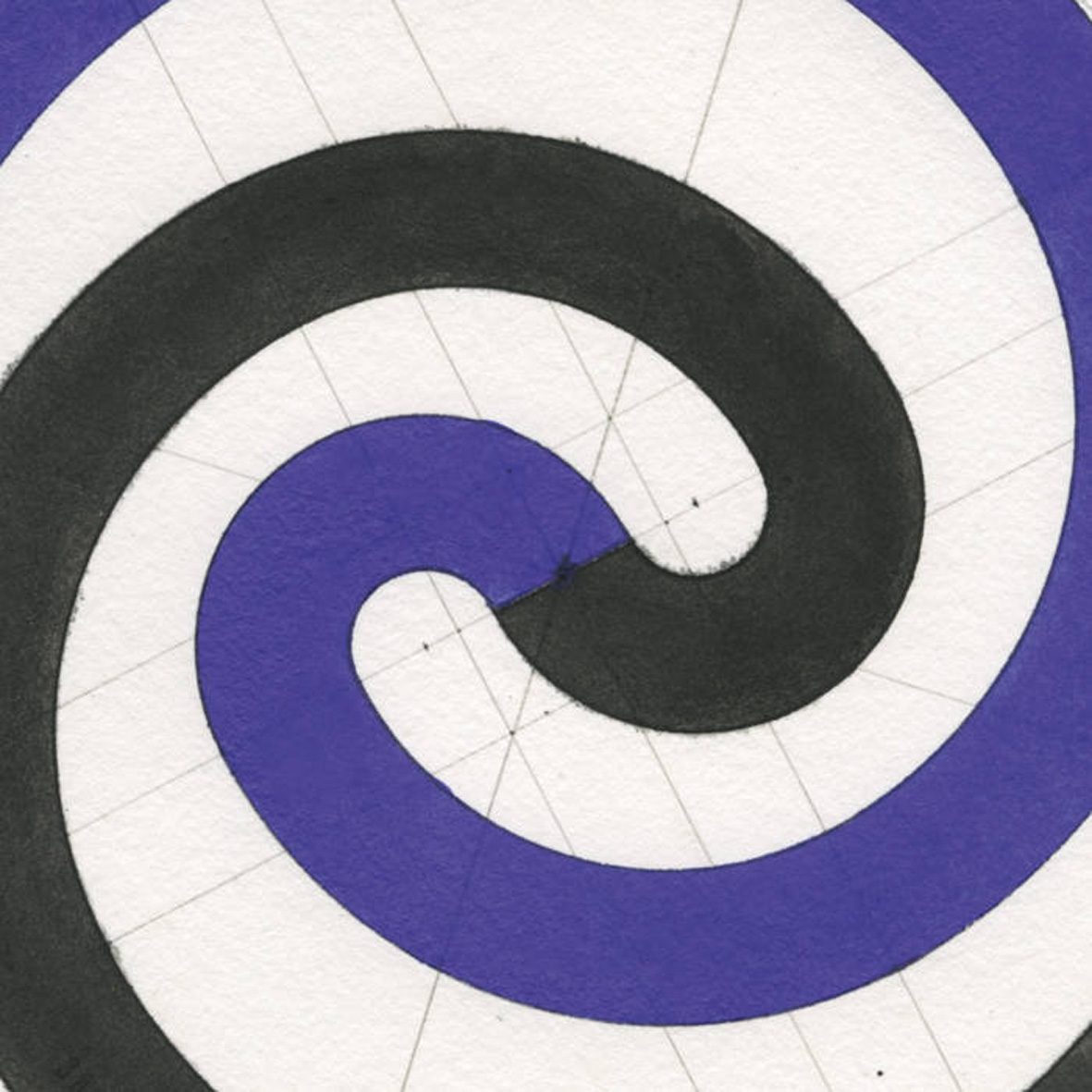Aaron Dilloway, "Switches"
 The wonderfully unsettling and playfully creepy The Gag File deservedly got a lot of attention last year, but Aaron Dilloway also quietly released another excellent album on a small Dutch label in the late fall. While less audacious and considerably less intent on evoking some kind of sad, wobbly, and hissing nightmare world, Switches is still a wonderfully bizarre, distinctive, and obsessive-sounding album. In fact, the sickly, frayed, and hypnotic locked groove-style loops of Switches almost feel like a perverse prelude to The Gag File, relentlessly repeating gnarled and disorienting snatches of half-melodies to peel away the last vestiges of sanity to prime me for the malevolent and Ligotti-esque funhouse to come.
The wonderfully unsettling and playfully creepy The Gag File deservedly got a lot of attention last year, but Aaron Dilloway also quietly released another excellent album on a small Dutch label in the late fall. While less audacious and considerably less intent on evoking some kind of sad, wobbly, and hissing nightmare world, Switches is still a wonderfully bizarre, distinctive, and obsessive-sounding album. In fact, the sickly, frayed, and hypnotic locked groove-style loops of Switches almost feel like a perverse prelude to The Gag File, relentlessly repeating gnarled and disorienting snatches of half-melodies to peel away the last vestiges of sanity to prime me for the malevolent and Ligotti-esque funhouse to come.
The opening piece, "Switch 2," sets a very clear tone for the album: for the most part, Switches is a very cryptic, inhuman, and "industrial" affair, resembling the work of a battery of squelching and clanking machines.There is a quite a bit of variety and character to be found in Dilloway's mechanized lunacy, however."Switch 2," for example, sounds like a pile-up of manically repeating tape loops of loudly sputtering belts and pulsing presses.There are a number of layers to Dilloway’s artistry, however, as Switches is far more than some ingeniously collaged field recordings, as tapes have an unwavering tendency to wind up considerably more erratic, jabbering, and ragged-sounding than they did before Aaron got his hands on them.In this case, for example, Dilloway evokes a factory where all the rusted, weary, and struggling machinery unexpectedly wrests itself from its moorings and turns on the workers.The following "Switch 17," however, is considerably less abrasive and hostile, unfolding as an endlessly repeating snatch of echoing backwards melody.That motif certainly has an appealingly eerie beauty, but that is only part of the picture, as Dilloway devotes most of his energies to the textures: it sounds like a skipping record being played through a malfunctioning receiver and blown-out speakers.The first side of the album is closed out with the starker and more percussive "Switch 15," a throbbing and pummeling rhythmic miasma of hollow pulses and visceral, distorted snarls.The overarching theme throughout the entire side is that of tape loop experimentation gone sick and wrong, albeit in a unexpectedly listenable way.I suspect no one picks up an Aaron Dilloway album in search of haunting piano melodies, but they turn up here anyway.
The second half of album keeps the rhythmic momentum going, yet takes it in a more somewhat more playful direction…at first.The lengthy "Switch 11-12" initially opens with a surprisingly light pinging and skipping "locked groove" motif, but it slowly becomes increasingly bolstered with mechanized heft and winds up as a shuddering and crunching juggernaut that moves tirelessly forward like a tank.It is hard to say exactly when "Switch 11" segues into "Switch 12," yet the piece gradually takes on the visceral and vaguely hostile feel of a power electronics performance, as a dense mass of oscillating machine noise takes over and Dilloway occasionally delves into reverberating metal percussion and something resembling distorted vocal howls.That show of force proves to be ephemeral though, as the bulk of the piece is devoted primarily to making subtle shifts in the massive, shuddering industrial rhythm (as well as some not so subtle ones).Basically, Dilloway treats a cacophony of looped machine noise like a techno producer would juggle high-hats and kick drums in a bangin’ new party jam (only Dilloway is not trying to fill a dancefloor so much as he is intend on finding new ways to grind and lurch).The album comes to an uncharacteristically melodic close with the piano-based "Switch 1," which beautifully blurs together a looping harp-like arpeggio with backwards bass tones to weave something weirdly hypnotic and phantasmal.It feels like I am watching a flickering scene from a '50s horror movie (most likely one featuring a haunted castle or a haunted island), yet the projector has gotten stuck and the image is endlessly skipping and starting to burn.By the end, the piece has deteriorated into utter unrecognizability, which is the only appropriate way for this album to end: a slow fade of gnarled, sickly sounding reels played on a dying machine that is increasingly unable to maintain even a semblance of the right speed.
Naturally, any album assembled from distressed and wiggly snatches of tape is destined to have a constrained palette, which is probably the sole caveat here: Dilloway's vision is undeniably driven by his choice of tools.I personally do not consider that a problem at all, as Dilloway has constrained himself quite squarely in my (dis)comfort zone.As far as tape loop-based experimentation is concerned, Dilloway's recent work is easily among the most entertaining and inventive fare that I have heard.Also, obsessively repeated looping patterns are exactly the sort of thing that I am drawn to like a moth.There are a number of folks that have made stellar work in that vein (Jason Lescalleet, William Basinski, The Loop Orchestra, Tape Loop Orchestra, etc.) and they all bring something unique to it.Dilloway's uniqueness lies in his deeply and intuitively deviant sensibility: this is arguably noise, but it is much more absorbing and fun than noise tends to be.An appreciation for the finer points of ugliness, decay, and black humor are such a fundamental part of Dilloway’s character that he can eschew raw power entirely and dwell instead on nuance and atmosphere without losing any bite.Switches is not a threat to unseat The Gag File as Dilloway’s definitive artistic statement of the year, but that is only because its lacks the gleefully macabre thematic hook of its predecessor.Viewed solely on the strength of the material, Switches is almost every bit as essential.
 



